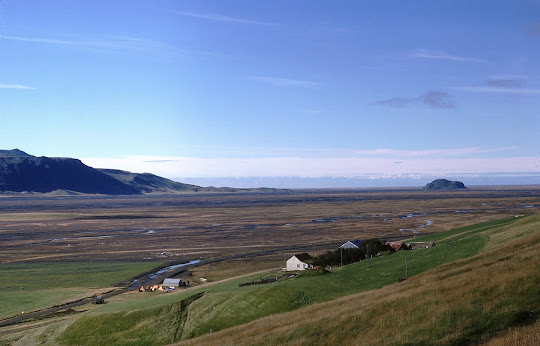This is my old guitar tuner from the nineteen-seventies. It works by resonance: when an in-tune guitar string is played, the matching part of the tuner will vibrate in sympathy. In the photograph the E indicator on the left is vibrating, showing that the lower E-string is tuned to the correct pitch.
I never used it much. I usually found it easier to tune by ear, by tuning one string against a piano or tuning fork and then resonating the other strings against each other at the fifth fret, or by oscillating the harmonics at the fifth and seventh frets (either you’ll know what I’m talking about or you won’t).
However, I do now use an electronic tuner which works in much the same way as the older one, by sensing the frequency of vibrations in the wood of the guitar, working out what note it makes and displaying it digitally. Here it shows the lower E-string is slightly sharp, vibrating a little more rapidly than it should. The string needs to be slightly less tight.
The electronic tuner is better in noisy concert settings when everyone else is trying to tune their instruments at the same time and you can’t hear your own. It is more accurate: with the old tuner you had to judge the indicators by eye. It is also chromatic: it detects and indicates any note in the 12-note chromatic scale (including semitones) whereas the old tuner only picks up the six notes of standard guitar tuning. So you can use it to tune a ukulele which has a C-string, or change your guitar to DADGAD tuning.
It will measure the pitch of almost anything. Our central heater boiler is an A-sharp. My electronically adjustable standing desk motor is between an E and an F. My beard trimmer seems to be a two-note mixture of C and G. And my nose and ear hair trimmer (ugh!) starts off at E and rises to G-sharp as it picks up speed. I haven’t yet measured Phoebe’s purr, though.
You can even measure your own voice. When you sing or speak it causes your whole skull to resonate, so by clipping the tuner to the end of a ruler held at the other end in your teeth, you can see the frequency. For example, you can test how accurately you can sing a musical scale or arpeggio, such as the C-E-G-C of a C-major chord:
Not very in my case. Sorry about the horrible noise. Well, you try singing with a ruler clamped between your teeth. That’s my excuse, anyway.








